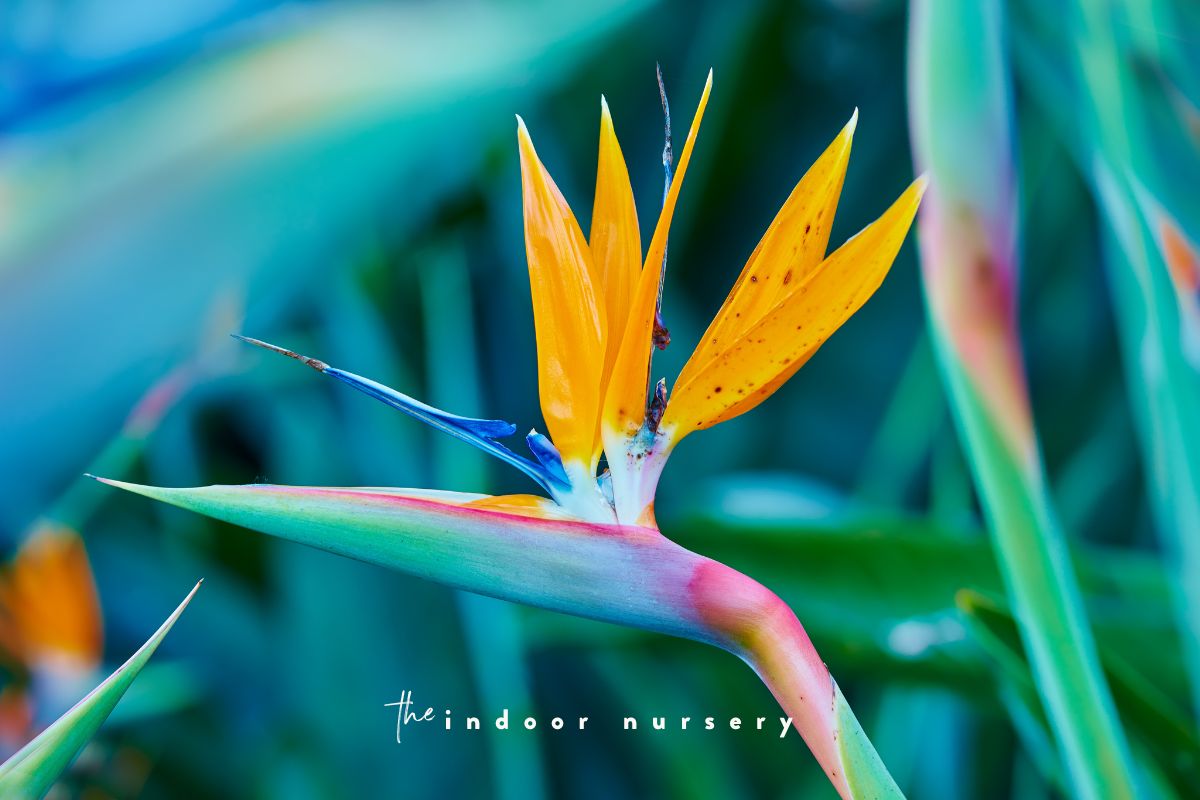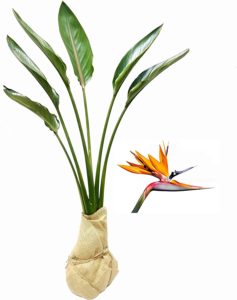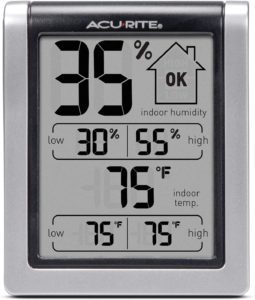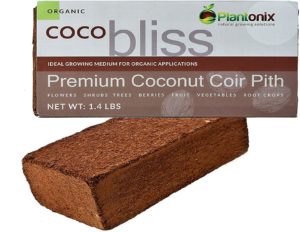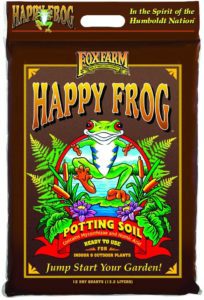Key takeaways:
• Plant Bird of Paradise in a well-draining soil with a pH of 5.5-7.5
• Bright direct or bright indirect light is best.
• Keep the soil moderately moist but not waterlogged.
• Fertilize twice a year with a balanced fertilizer.
• Repot every couple of years to prevent root rot.
• Prune in late winter or early spring to remove dead or damaged parts.
Description
The orange Bird of Paradise is an evergreen perennial or small tree native to South Africa that prefers warmer climates. Mature plants grow up to 8 ft. (2.4 m) tall and 6 to 10 ft. (1.8 to 3 m) wide. This easy going plant has glossy, green, paddle-shaped leaves and strikingly beautiful orange-and-blue flowers that resemble a bird in flight. The flowers are up to 8 in. (20 cm) long and have a unique structure of bright colors—three blue petals and three orange flower petals surrounding a central button
Other Common Names: isigude in Nguni, Crane Flower
Facts
| common name | Bird of Paradise |
| botanical name | Strelitzia reginae |
| no. of species | Approximately 45 |
| family | Strelitziaceae |
| biological life cycle | perennial |
| foliage | glossy green |
| flower color | orange and blue |
| mature size | Up to 8 ft. (2.4 m) tall |
| time to maturity | up to 10 years |
| origin | South Africa. Tropical or subtropical regions in South Africa |
| light conditions | bright, indirect light |
| bloom time | spring, summer, autumn |
| soil type | well-draining soil |
| water pH | 5.5-7.5 |
| USDA Zone | 10-12 |
| toxicity | minimally toxic to humans |
Popular Varieties/Related Plants:
- Mexican Bird of Paradise (Caesalpinia mexicana)
- Red Bird of Paradise (Caesalpinia pulcherrima) with alarmingly red flowers
- Yellow Bird of Paradise (Caesalpinia gilliesii) with sunny yellow flowers
- White Bird of Paradise (Strelitzia nicolai) with strikingly white flowers
Maintenance
Light
Best light: bright direct sunlight or bright indirect sunlight
Bird of Paradise plants are used to warmer climates with full sun, so your Bird of Paradise requires bright light—direct and bright indirect light is ideal. In low light conditions, the leaves of the Bird of Paradise plant may become long and lanky with fewer flowers. Their favorite spot in your home is next to a sunny window. If you cannot provide bright light then you can provide artificial light with an LED grow light.
Water
This is a thirsty plant that appreciates regular watering. Water frequently but allow the top 1-2 inches of soil to dry out before watering. During the summer months, water once per week but reduce to once every two weeks during the winter months. Be sure to water at the base of the Bird of Paradise plant, avoiding wetting the plant’s leaves, to prevent leaf spotting.
Humidity
Ideal humidity level: 70%
The Bird of Paradise likes a slightly moist environment with relatively high humidity, so a humidifier or pebble tray is ideal. If your home is too dry, increase humidity levels with a humidifier.
Temperature
The Bird of Paradise prefers a warm environment, between 65-85°F (18-34°C). In cold temperatures, the plant may go into dormancy and stop producing the brilliantly colored flowers that it’s known for.
Fertilizer
Fertilize your Bird of Paradise once in spring and once in summer with a balanced fertilizer (10-10-10 or 20-20-20). Alternatively, you can use a slow-release fertilizer applied to the soil every 6 months.
Soil
Soil Type: Well-draining
pH level: 5.5-7.5
Bird of Paradise prefers good, well-draining soil with a pH range of 5.5-7.5. This plant prefers well-draining soil. A good potting mix for Bird of Paradise would be a blend of equal parts potting soil, peat moss, perlite, and sand or coco-coir is ideal. It should retain some moisture, but not be soggy. Because it’s recommended to keep soil dry between waterings, sphagnum moss or coco coir helps maintain sufficient moisture for the plant.
Repotting
Luckily, the Bird of Paradise plant can withstand being pot bound, so they don’t require being repotted very often. Repot the Bird of Paradise every couple of years in spring. Repotting helps to prevent root rot and keeps the soil fresh. Choose a pot with drainage holes that is 1-2 inches larger than the current pot and use the same soil blend as mentioned above.
Propagation
The best way to propagate the Bird of Paradise is by dividing the rhizome, the part of the root that grows new plant tissue. Choose a healthy-looking rhizome, remove it from the soil, and separate it into 2-3 sections, each with a few large leaves and roots. Plant each section in a new pot and keep it well-watered until it takes root.
Pruning
Bird of Paradise plants don’t require much pruning, but it should be done occasionally to keep the plant healthy. Using hand pruners, prune in late winter into early spring (before the start of new growth) to remove dead or damaged leaves and stems. This will help the plant to focus its energy on producing new growth.
Pests / Disease
Common pests: Aphids, spider mites, scale insects, thrips, mealybugs
Common diseases: root rot, botrytis blight, and leaf spot.
These pests and diseases can be managed with a combination of good cultural practices and an appropriate insecticide or fungicide. Regularly check for signs of pests and diseases, and dispose of any infected plant parts as soon as possible. Use approved insecticides and fungicides as needed to prevent further damage.
Recommended Products
- Fertilizer: Dr. Earth Exotic Blend Palm
- Humidifier: LEVOIT Humidifier
- Insecticide: Bonide CAPTAIN JACK’S Neem Oil Insecticide
- Pebble Tray: Brussel’s 13″ Humidity Tray with Decorative Rocks
- Potting Soil: Hand Blended All Natural Potting Mix for Bird of Paradise
Common Problems / FAQs
Q: Why are my Bird of Paradise’s leaves turning yellow?
A: Yellow leaves can be caused by a number of factors, including nutrient deficiency, overwatering, underwatering, or too much direct sunlight. Check the soil for moisture, and adjust the amount of water and sunlight accordingly. If the yellow leaves continue to appear, fertilizer may be needed to correct any nutrient deficiencies.
Q: Why is my Bird of Paradise not blooming?
A: If you haven’t seen any blooms in awhile, then your Bird of Paradise plant may not be getting enough light. Bird of Paradise plants require bright light (such as full sun) and warm temperatures to produce the much loved Bird of Paradise flowers. Check the amount of light the plant is receiving and adjust as needed, and ensure that the temperature is between 65-85°F (18-34°C). If these conditions are met, fertilizing twice a year can help to promote blooming.
Q: Is bird of paradise a banana tree?
A Bird of Paradise plant is not the same as banana plants. Though they are similar in their tropical origins with warm climates and are closely related, Bird of Paradise plants are from the scientific family Strelitziaceae, banana plants are from the scientific family Musaceae.
latest in houseplant care
- Rubber Plant Care: How To Take Care Of Rubber Plants
- Growing ZZ Plants: How To Care For A ZZ Plant
- How To Get Rid Of Scale On Plants
- How Often To Water Dracaena (Including Snake Plants)
- How to Use Leca for Plants: Step-by-Step Guide with Pictures
- How To Save An Overwatered Snake Plant
- Hoya Carnosa Care Tips: How To Care For Hoya Carnosa

